Students have been so amazing and have earned several REWARDS! Fun lunch where we watched Britain's Got Talent (video) at lunch and a Minute to Win It challenge.





Here's what we've been up to lately:
Word Study:
Students are now in word study groups and engaged. I work with each group for about 20 minutes so they know the reason behind their sort. Students spend time with their words via activities. Students love writing their words in FANCY letters or different colored pens! They enjoy ! We keep it fun as they learn the difference between the features within their sort.
We have been alphabetizing words the last few weeks. We incorporated it as one of the word study activities. They had so much fun with it! Try alphabetizing different words at home!
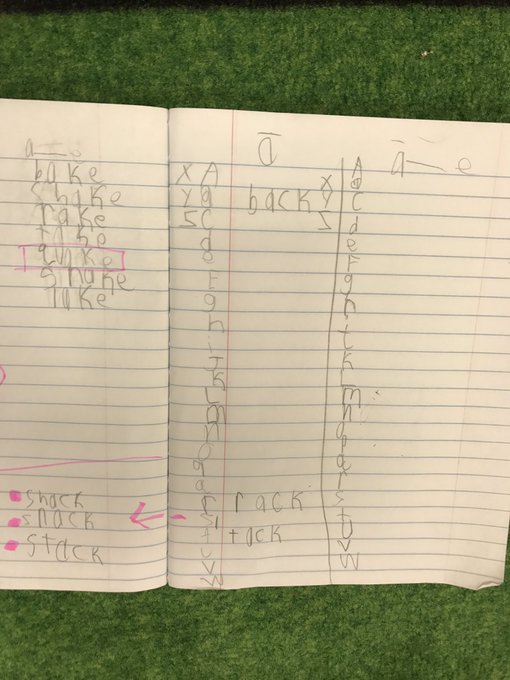



This past week, students were introduced to Spelling City which will become one of their weekly activities. Through online activities with their sort, students must determine beginning and ending sounds, long or short vowels, alphabetize, and even do word hunts.




Writing:
The last two weeks has been fun in writing! This has been a "rose" each day! Students draw a picture of their character then write about it with details. Next, students draw the setting around their character then write about it with details. Next, students draw their character in the midst of a problem. They will then write the plot to the story. Lastly, students draw their character solving the problem. They will then write about the solution. This creates a fun, complete story.
Ways to help at home:
Students can write just about anything at home. They have had experience writing letters, so have them write to someone and tell them about something they are enjoying in school.
Reading:
We continue to add to CAFE; our reading strategy board. C = comprehend (understanding what you read), A = accuracy (reading correctly - words and prosody/intonation), F = fluency (the speed in which you read), and E (expanding the vocabulary - adding new words)
Students have been building stamina, persevering over challenging parts, but most importantly, students are rereading their text. My three Henley Helpers (Bree, Bryce and Noah) expanded on this concept by explaining that when they read something two or three times, they catch details they hadn't read the first time.




Students have been learning and using different strategies to read more difficult words. We keep adding to our Reading Toolbox!

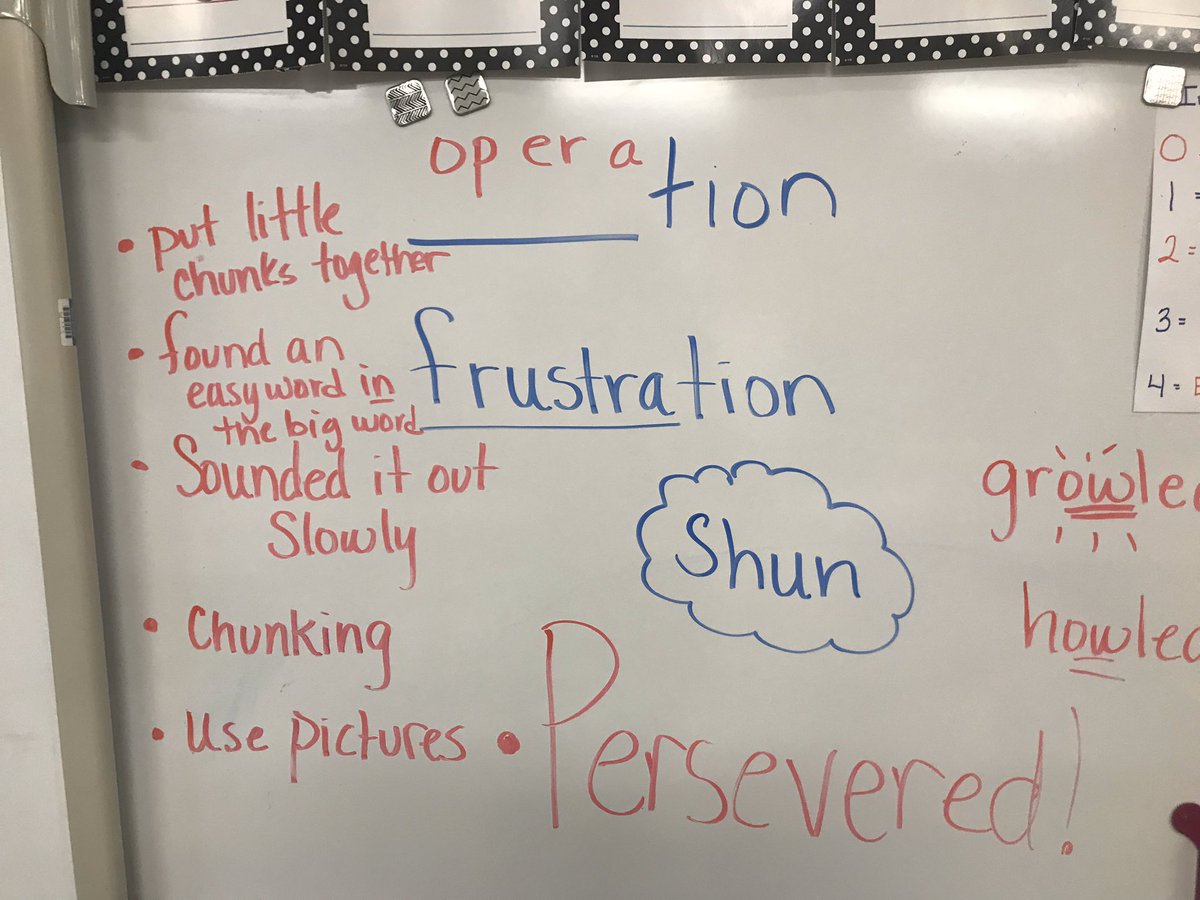
Students are using Eagle Eye (pictures as clues), Lips the Fish (getting your lips ready), Stretchy the Snake (reading each letter slowly) and Chunky the Monkey (finding little chunks or words in bigger words). We chunked supercalifragolisticexpialidocious together!...then of course we had to watch Mary Poppins sing it!
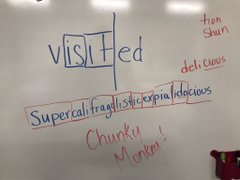
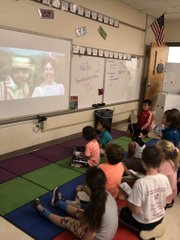
After we talk about ways to use these strategies, students read and find ways in which they have used the strategy. Here are ways students used chunky monkey...


Students have been finding unfamiliar or interesting words. We are collecting all the words and going over them!

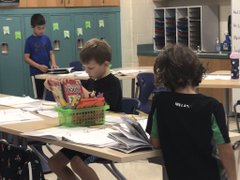
Ways to help at home:
- Practice makes perfect! The more reading your child does, the better they will get! Research shows between 20-30 minutes per day helps growing readers improve more rapidly.
- I want students to LOVE to read, just as I do! To get them to love it, they must love the story. Let your child choose what to read. If they are excited and engaged in the story, they will want to read more and more.
Check out some of the ways students reflected on their reading at home...
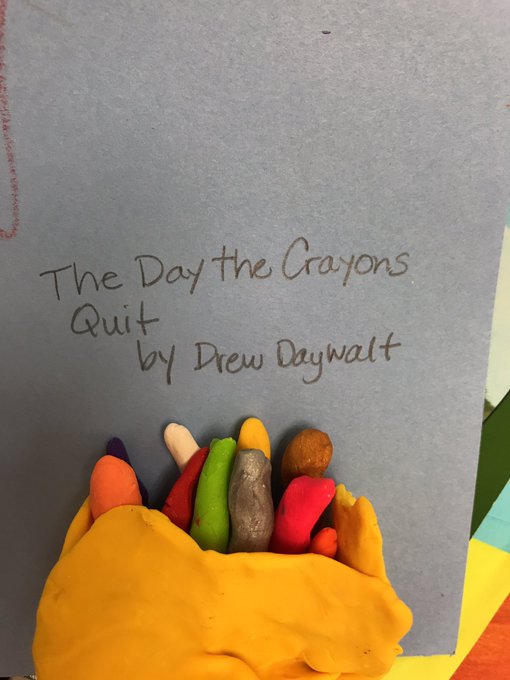
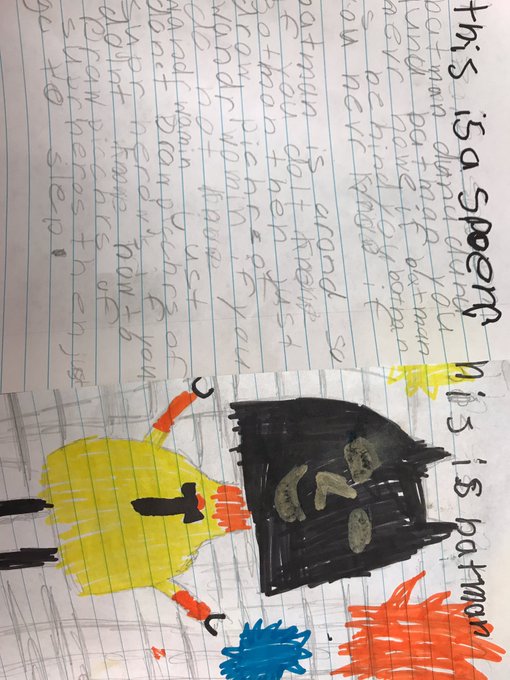
Math:
We continue to identify and count coins. Students are getting so much better in this area and feeling much more confident! I gave students this scenario "I have lots of coins in my pocket and need to trade them in so that my pockets aren't nearly as full." They enjoy exchanging coins in order to have the smallest number of coins.
Students are using the following strategies to add larger numbers together:
1. Make 10 - Students make 10. In 17 + 8 + 3 + 2, students would combine 7 + 3 = 10 and 8 + 2 = 10, so 10 + 10 +10 = 30.
2.
Doubles - Students find doubles when possible. In 3 + 8 + 8 + 3,
students would see that 3 + 3 = 6 and 8 + 8 = 16, so 6 + 16 is 22. Hopefully the Doubles homework game was fun at home.
3. Compensation - Students will determine a ten or a double, but have to use part of another number. If you have 2 + 7 + 4, you can say 2 + 7 + 1 (from the 4) = 10, but then 4 - 1 = 3, so 10 + 3 = 13. OR 5 + 7 + 4, you would make a double of 7 (the 5 + 2 from the 4) + 7 = 14, then 4 - 2= 2, so 14 + 2 = 16. This strategy is a little more advanced, but I taught it this week to extend to students who were ready for it. :)
The big focus over the last few weeks has been showing their mathematical thinking. Students had a hard time with this in the beginning, but it is coming more easily to students now. Students can show their thinking with either pictures, numbers, or words. Here are a few ways:
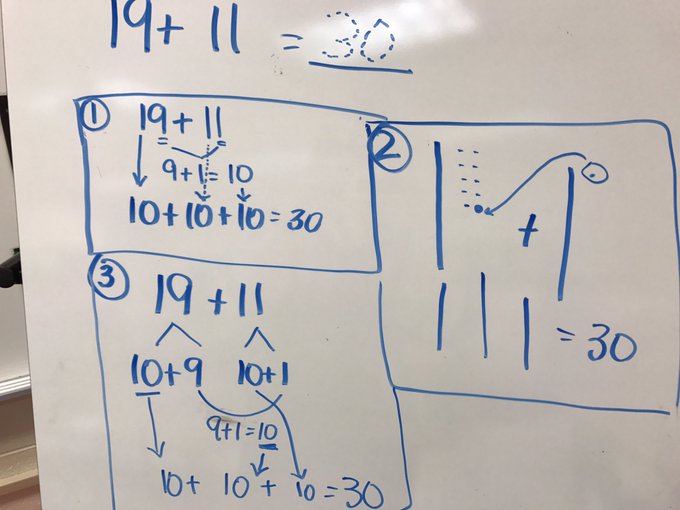
Ways to help at home:3. Compensation - Students will determine a ten or a double, but have to use part of another number. If you have 2 + 7 + 4, you can say 2 + 7 + 1 (from the 4) = 10, but then 4 - 1 = 3, so 10 + 3 = 13. OR 5 + 7 + 4, you would make a double of 7 (the 5 + 2 from the 4) + 7 = 14, then 4 - 2= 2, so 14 + 2 = 16. This strategy is a little more advanced, but I taught it this week to extend to students who were ready for it. :)
The big focus over the last few weeks has been showing their mathematical thinking. Students had a hard time with this in the beginning, but it is coming more easily to students now. Students can show their thinking with either pictures, numbers, or words. Here are a few ways:

- Continue to count coins. To extend their thinking, students can play "store." They can buy an item (less than $1.00) and figure out how much change they get back when they pay with a $1.00 bill!
- Create a story problem with two addends that up to less than 100. We are just beginning subtraction, so they may need help showing their work.
Social Studies:
Students have been busy bees the last few weeks! Students are creating 3 Dimensional maps. We began by viewing a Then and Now set of photos by Rufus Holsinger and Stacey Evans (http://uvamagazine.org/articles/charlottesville_then_now). We then "copied" the idea by designing a map as a whole class so that our past, present and our future maps are the similar. Students began with a Crozet-ish design and included the railroad tracks, a stop sign, a pond, a school, and we had to have a store (Dairy Queen!). Check out the progress...
Planning/Creating:



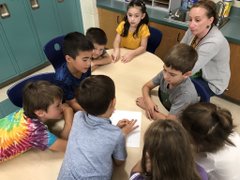


Final Products:



Ways to help at home:
- Continue conversations about how life was different when you were young.
- Talk with your child about the impact humans have on our natural environment.
No comments:
Post a Comment